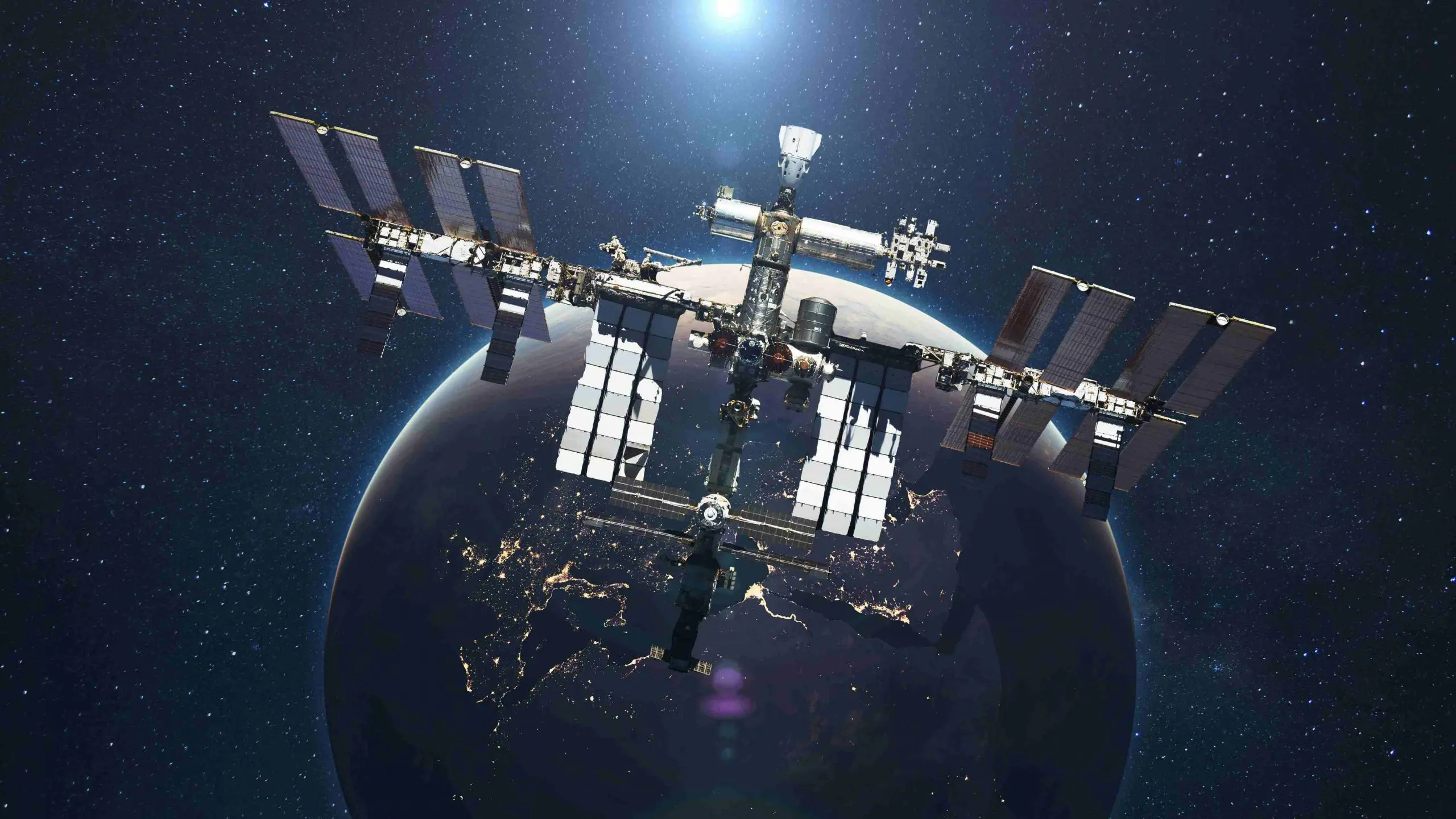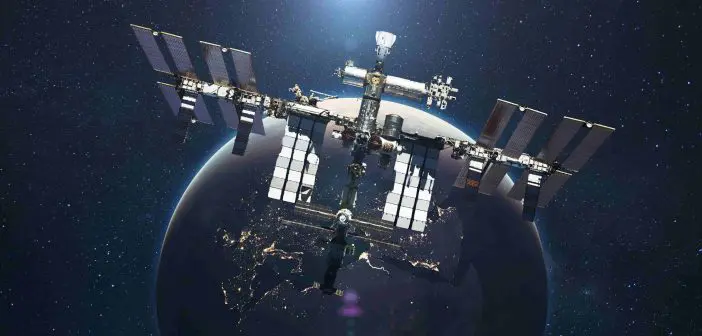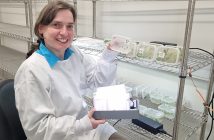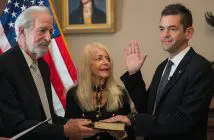
The US Space Force wants to work more closely with international partners, including Australia. It is preparing to lay down the blueprint for doing so in the coming months through a new international partnership strategy.
RAF Air Marshal Paul Godfrey, currently serving in an exchange role as Assistant Chief of Space Operations for Future Concepts and Partnerships at US Space Force, revealed the plan last week while speaking at National Security Space Association’s Defense and Intelligence Space Conference in Virginia.
Godfrey said his job involves “driving the Space Force to think about allied, commercial, and partner in every capability, every operation, and every mission.” He said the Space Force wanted to deepen links with its closest allies.
“We are focused on incorporating allies and partners at every stage,” Godfrey told the audience. “We’re not just building the United States Space Force, we are shaping a coalition force that must work together seamlessly in space to be successful.”
Opportunities for Australia
Space Force is a branch of the US Department of Defense. Its role is to defend against space and counter space threats. It also undertakes space missions and maintains space access. Godfrey said his role involved determining the Space Force’s future needs and ensuring plans were in place to meet those needs. He acknowledges it will be a team effort.
Australia has an entrée card through its longstanding relationship with the US and its membership of the Combined Space Operations Initiative. The ten member countries, which include all the Five Eyes members, plus France, Germany, Italy, Japan, and Norway, use the Initiative to generate and improve cooperation and coordination of national security space activities.
Speaking in Sydney last year, Brigadier General Anthony Mastalir, US Space Forces Indo-Pacific commander, highlighted collaboration as a critical component of the US-Australian partnership.
“The space domain has always been a strong part of the US – Australian military-to-military relationship and our alliance,” he said. “One thing that struck me over the past six months is just how much it’s deepened and broadened over that time.”
International partnership strategy will focus on processes rather than targets
As a non-US citizen, Godfrey may have a heightened awareness of how Allies and partner nations can integrate with the US Space Force. He is the first foreign officer to join the service’s leadership. Godfrey says he is looking for “touch points” with allies and partners.
He says upcoming strategy will focus on three elements, namely, securing the collective national interest in, from, and to space; improving the interoperability of space assets and maximising information sharing with allies across classification levels; and integrating allies and partners across every aspect of force design, force development, and force employment.
Godfrey says achieving this may involve overcoming traditional barriers to cooperation. He cites data overclassification as one problem. It prevents the sharing of relevant information internally and with external partners.
Godfrey says the strategy wants to set in place processes for working with allies like Australia, rather than outright goals. He says that when the US Space Force identifies a problem and allies like Australia have the solution, it should be able to tap that capability “seamlessly.”





